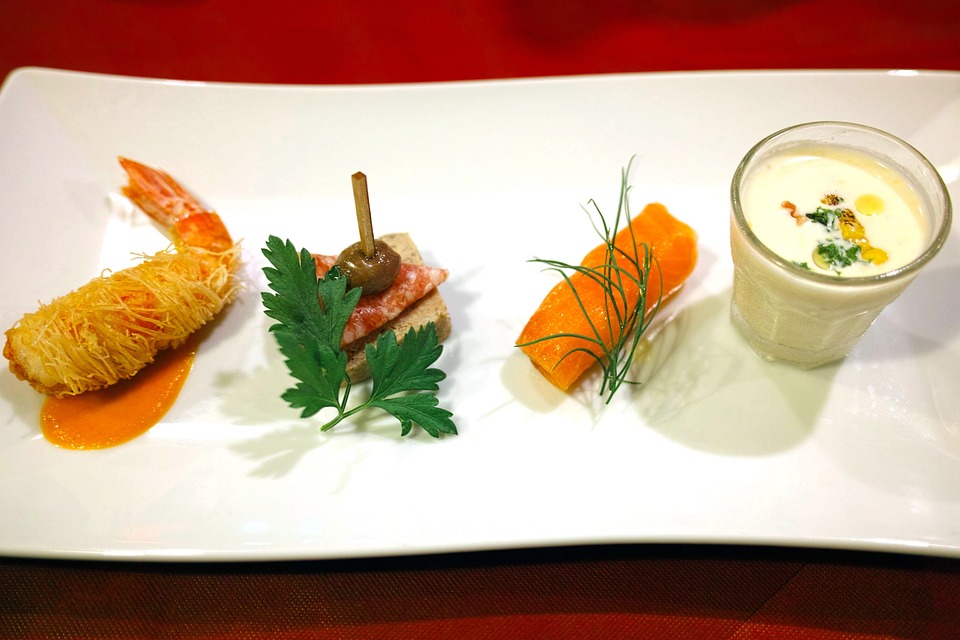French pastries have long been celebrated for their intricate flavors, delicate textures, and artistic presentations. Beyond simply satisfying a sweet tooth, they exemplify a culinary art form steeped in tradition and innovation. From the airy soufflé to the luscious éclair, each creation possesses a story waiting to be uncovered. In this exploration of French pastries, we will delve into some of the most iconic desserts, techniques involved in crafting them, and the secrets that make each pastry a true work of art.
The Heritage of French Pastries
French pastry-making traces its roots back to the Renaissance, with royal courts serving as the first patron of these culinary artists. The meticulous methods used by French patissiers combined with influences from Italian and Middle Eastern desserts led to the development of a distinct French pastry culture. Today, French desserts embody elegance, creativity, and a deep respect for quality ingredients.
Iconic French Pastries
-
Macarons
A delightful blend of almond flour, egg whites, and sugar, macarons are vibrant little meringue-based confections. They come in a range of flavors, from classic vanilla to exotic passion fruit. The secret to achieving that perfect macaron lies in the technique: beating egg whites to the right consistency, correctly folding in the almond flour, and achieving the coveted "feet" during baking. -
Éclairs
Éclairs are made from choux pastry, which is light, airy, and designed to puff up with steam during baking. Filled with pastry cream and topped with chocolate glaze, these long pastries are both delicious and visually stunning. The key to the perfect éclair is ensuring just the right moisture level in the dough, allowing for that sky-high rise. -
Tart Tatin
This luxurious upside-down caramelized apple tart has a history wrapped in legend, stemming from the Tatin sisters who reportedly created it accidentally. The tart features a buttery pastry base that counters the sweet, sticky caramel of the apples. The secret lies in the cooking technique—it’s made on the stovetop before being finished in the oven, giving the apples a rich flavor that’s second to none. -
Croissants
The buttery layers of a croissant are what make it a favorite breakfast indulgence. The process of laminating dough—rolling and folding butter into it multiple times—creates the distinct flaky texture. Timing and temperature play crucial roles in perfecting this technique, as the butter must remain cold during the folding process to ensure the signature layers. - Soufflés
Light, airy, and exquisite, soufflés can be both sweet and savory. The key component is the beaten egg whites, which provide volume and lift. Sweet chocolate soufflés require careful folding to maintain their structure, ensuring they rise beautifully in the oven. Timing is crucial; they should be served immediately after baking when the exterior is crisp and the interior is delightfully soft.
The Craftsmanship Behind French Pastries
Creating French pastries is an art that demands precision, patience, and passion. The process often involves multiple stages—from mixing and resting dough to careful decoration. Professional patissiers pay attention to every detail, and each layer or glaze not only affects appearance but also enhances flavor.
Quality Ingredients
One of the secrets behind the success of French pastries is the use of high-quality ingredients. Fresh butter, organic eggs, and premium chocolate elevate the final product. For instance, real butter is essential for achieving the rich flavor and flaky texture that croissants are known for—margarine simply won’t do.
Technique Matters
Proper techniques such as tempering chocolate, folding egg whites, and precisely measuring ingredients are cornerstone practices in pastry making. Mastery of these techniques often separates the novice from the expert, allowing for a consistency that is vital in achieving perfect pastries.
The Role of Creativity
While tradition reigns supreme, French pastry chefs are continually experimenting with flavors and textures, producing innovative desserts that push the envelope. Combinations such as lavender-infused macarons or matcha éclairs showcase this creativity while still paying homage to classic techniques.
Conclusion
French pastries are a delightful embodiment of culinary artistry, requiring not only skill but also a deep appreciation for the craft. From the delicate layers of a croissant to the rich center of a chocolate soufflé, every bite tells a story of tradition, technique, and creativity. By unveiling the secrets behind these decadent desserts, we not only learn about the pastries themselves but also about the passion and dedication that drives those who create them. Whether one is indulging in a classic pastry at a quaint Parisian café or attempting to craft these masterpieces at home, the world of French desserts offers a tantalizing journey that is as rich as it is sweet.



